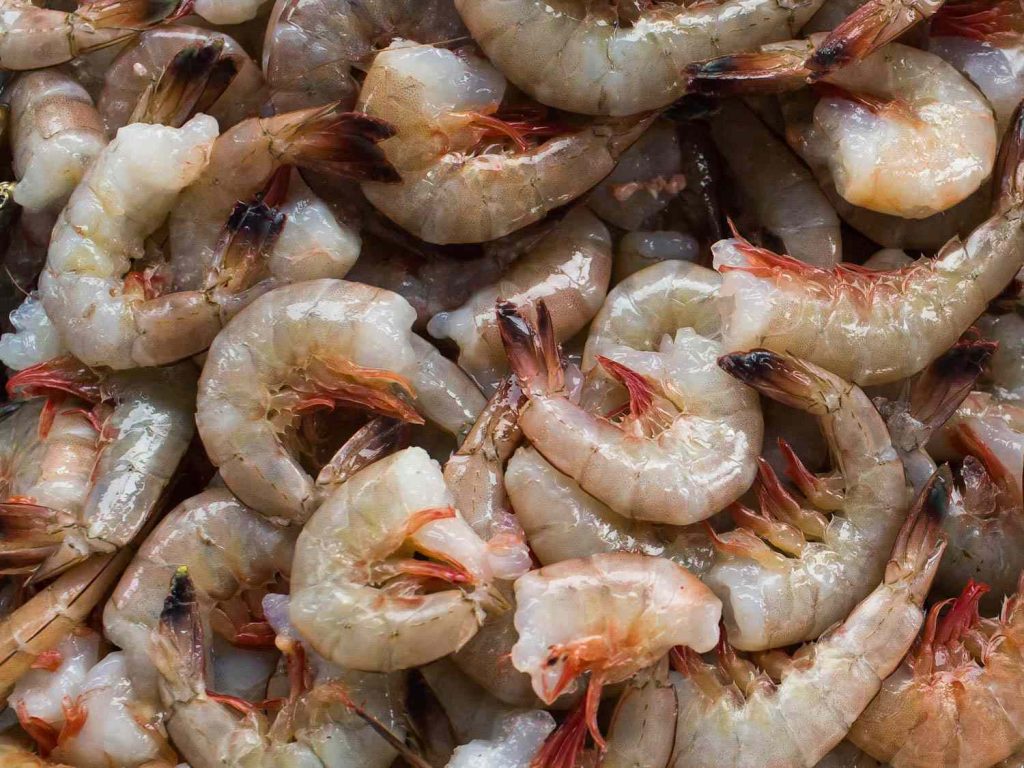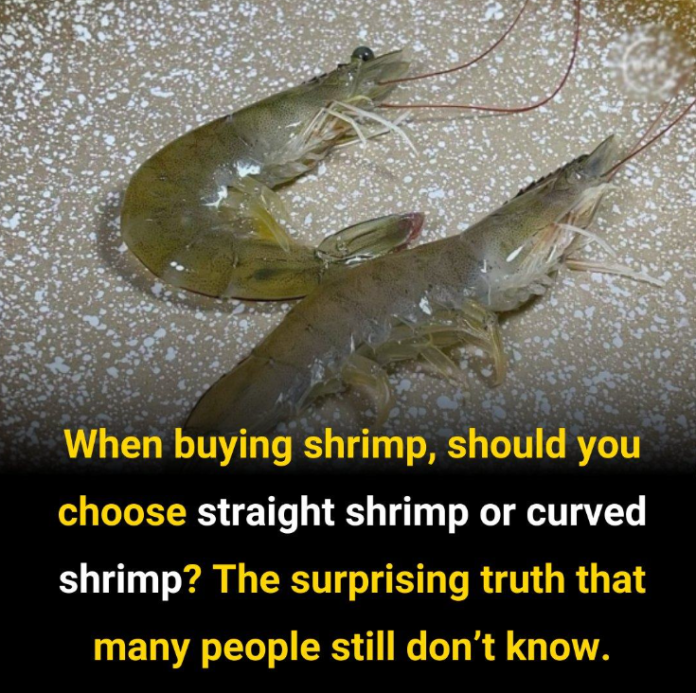When shopping for shrimp, it’s important to assess their freshness and quality to ensure a delicious and safe dining experience. One visual cue that can aid in this assessment is the curvature of the shrimp. Understanding the reasons behind a shrimp’s straight or curved posture can provide insights into its freshness and handling.
Understanding Shrimp Curvature
Shrimp naturally curl into a C-shape due to muscle contraction after death, a process known as rigor mortis. This curling is a normal post-mortem response. However, the degree of curvature can be influenced by factors such as the time elapsed since the shrimp’s death, the method of storage, and handling practices.

Freshness Indicators
Straight shrimp are often considered a sign of freshness. When shrimp are rapidly frozen immediately after being caught, the quick freezing process can prevent the onset of rigor mortis, resulting in a straighter appearance. Therefore, straight shrimp may indicate that they were promptly processed and frozen, preserving their freshness.
Conversely, shrimp that have been stored for longer periods or have undergone multiple freeze-thaw cycles may exhibit a more pronounced curl. This increased curvature can be a sign that the shrimp are not as fresh and may have been mishandled during storage.
Quality Considerations
The quality of shrimp is not solely determined by their curvature. Other factors, such as texture, color, and smell, play crucial roles in assessing shrimp quality. Fresh shrimp should have firm, translucent flesh and a mild, ocean-like scent. A strong, fishy odor or slimy texture are red flags indicating spoilage.
Storage and Handling Practices
Proper storage and handling are vital to maintaining shrimp quality. Shrimp should be kept at cold temperatures to prevent bacterial growth and spoilage. If purchasing frozen shrimp, ensure that they are solidly frozen and free from ice crystals, which can indicate thawing and refreezing. When buying fresh shrimp, they should be displayed on a thick bed of ice and kept away from direct exposure to air.
Cooking Implications
The curvature of shrimp can also affect cooking. Straight shrimp may cook more evenly, making them visually appealing in dishes like shrimp cocktails or skewers. However, the difference in cooking between straight and curved shrimp is minimal and should not be the sole factor in selection.

Making an Informed Choice
While the straightness of shrimp can be an indicator of freshness, it’s essential to consider other factors to make an informed decision:
- Appearance: Look for shrimp with a vibrant color and firm texture. Avoid those with black spots or discoloration, as these can be signs of aging or spoilage.
- Smell: Fresh shrimp should have a clean, sea-like aroma. A strong, ammonia-like smell is a clear indicator of spoilage.
- Source: Purchase shrimp from reputable suppliers who adhere to proper handling and storage practices. Inquire about the shrimp’s origin and how they were processed.
- Storage: Ensure that shrimp are kept at appropriate temperatures. If buying frozen shrimp, check for signs of freezer burn or ice crystals, which can indicate improper storage.
Conclusion
Selecting high-quality shrimp involves more than just observing their curvature. While straight shrimp can be a sign of prompt processing and freezing, it’s crucial to assess other indicators such as appearance, smell, and sourcing practices. By considering all these factors, you can make informed choices that ensure the shrimp you purchase are fresh, safe, and of the highest quality for your culinary endeavors.

















